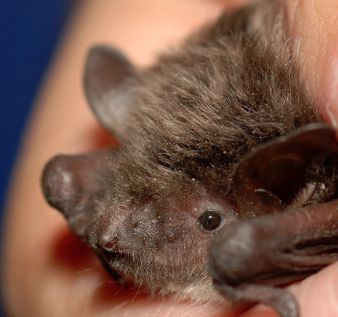New Scientist
Image: Gilles San Martin
Not all small animals lead short lives, and now we know which genes may be behind a remarkable example.
Brandt’s bat (Myotis brandtii) typically weighs 4 to 8 grams – about half the weight of a house mouse. At that weight, a well-established link between body mass and lifespan dictates that it should live no more than five years. Yet in 2005, biologists captured a Brandt’s bat in Siberia 41 years after it had first been caught.
Now, analysis of the species’ genome suggests an explanation. Vadim Gladyshev at Harvard Medical School and his colleagues found key changes to genes in a hormonal system known as the “growth hormone/IGF1 axis”. These changes are not seen in other mammals except as rare mutations.
Some are linked to dwarfism in animals and humans, says Gladyshev, and others are linked to ageing. He thinks that as the bat adapted to its insect-eating niche, where small size is an advantage, its genes may have changed to reduce its body size – and inadvertently increased its lifespan. Read more on newscientist.com…








